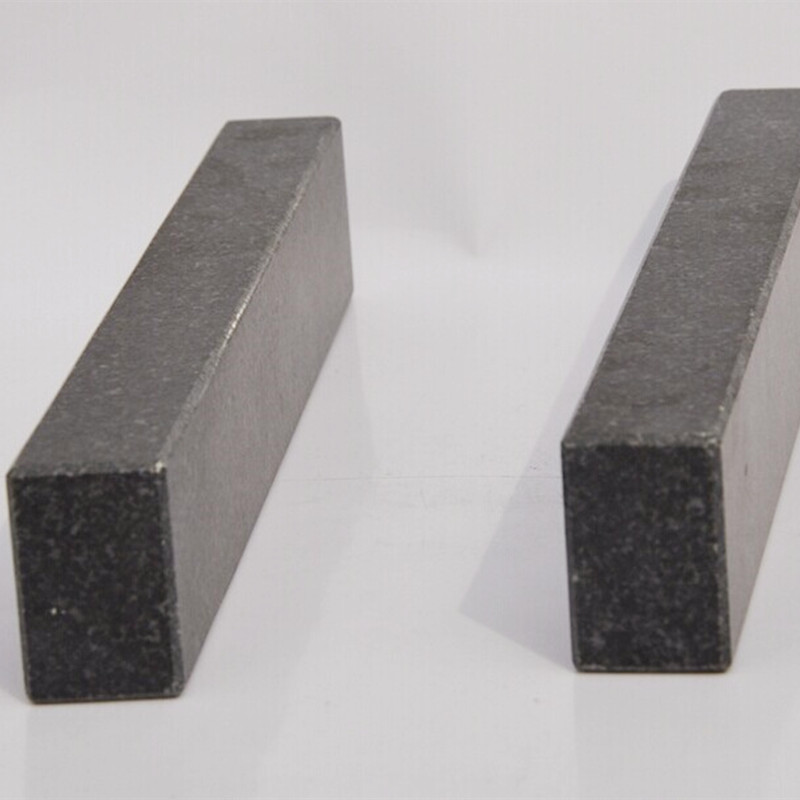Sep . 25, 2024 23:40 Back to list
clamps for welding fixtures
Clamps for Welding Fixtures An Essential Component for Precision and Efficiency
When it comes to welding, precision and stability are paramount. The quality of the weld not only depends on the welder's skill but also significantly on the tools and equipment used. Among these, clamps for welding fixtures play a vital role. These clamps are essential for securing workpieces in place during the welding process, ensuring that they do not shift or move, which could lead to misalignments and imperfect welds. This article explores the importance of clamps, the types available, and their role in creating efficient and effective welding fixtures.
The Importance of Clamps in Welding
Clamps create a stable foundation for the welder, critically affecting the welding process's overall quality and efficiency. When workpieces are held securely, welders can focus on their technique rather than worrying about any potential movement of the materials. Stability minimizes the risk of defects such as warping, burn-through, and incomplete fusion, which can arise from improperly aligned components. The right clamps also allow for repeatability in production environments, which is essential for meeting quality standards and increasing productivity.
Types of Clamps Used in Welding Fixtures
There are several types of clamps designed specifically for welding applications, each with unique features suited for particular tasks. Here are some of the most commonly used clamps
1. C-Clamps One of the most traditional types of clamps, C-clamps are versatile and easy to use. They come in various sizes and can be adjusted to accommodate different material thicknesses. Their simple design makes them an excellent choice for quick setups.
2. Toggle Clamps Known for their ease of use and quick release, toggle clamps allow for rapid clamping and unclamping, making them ideal for repetitive tasks. They provide a strong hold and are commonly used in fixture design.
3. Pneumatic Clamps For high-volume production environments, pneumatic clamps offer speed and efficiency. They are powered by compressed air, allowing for faster clamping and releasing cycles. This type is especially useful in automated welding processes.
clamps for welding fixtures

4. Magnetic Clamps These clamps use magnets to hold ferrous materials in place, providing an easy and efficient solution for aligning workpieces. Leveraging magnetic force, these clamps can simplify the welding setup significantly.
5. Angle Clamps Designed to hold two pieces at a precise angle, angle clamps are crucial for making corner joints and maintaining the correct alignment in various welding positions. This ensures that the final assembly meets design specifications.
6. Fixture Clamps Specifically designed for complex fixtures, these clamps often come with adjustable components to accommodate various shapes and sizes. These clamps are crucial for jigs and fixtures that require specific holding configurations for consistent welds.
The Role of Clamps in Welding Fixtures
Clamps are more than just accessories; they are integral parts of a welding fixture system. A well-designed fixture with the right clamps can enhance a welder's efficiency and accuracy. Welding fixtures that utilize clamps effectively allow for faster setups, reduced rework, and improved quality control. Properly secured workpieces improve the speed of the welding process, making it easier to achieve tight tolerances required in many industries, including automotive, aerospace, and construction.
Moreover, the choice of clamp can impact the accessibility of the welding areas. In tight spaces, the right clamp design will allow the welder to maneuver their torch more freely, reducing the potential for errors and increasing productivity.
Conclusion
In summary, clamps for welding fixtures are essential for achieving high-quality results in welding applications. They provide the necessary stability and support, allowing welders to perform their tasks with precision and confidence. With a variety of clamp types available, from traditional C-clamps to advanced pneumatic and magnetic options, it is crucial to select the right one for the specific welding project at hand. As technology advances and the demands for high-quality welds increase, the importance of clamps in welding fixtures will only continue to grow. Investing in the appropriate clamps not only enhances the efficiency of the welding process but also ensures that the final product meets the required standards of excellence.
-
Thread Plug Gauge Requires Careful HandlingNewsJul.29,2025
-
Surface plate calibrationNewsJul.29,2025
-
Ring Gauge Ensures Machining AccuracyNewsJul.29,2025
-
Pad Iron Reinforces Anchor PointsNewsJul.29,2025
-
Ground anchor stabilizes embankmentsNewsJul.29,2025
-
Granite Box Maintains Precision FlatnessNewsJul.29,2025
Related PRODUCTS









